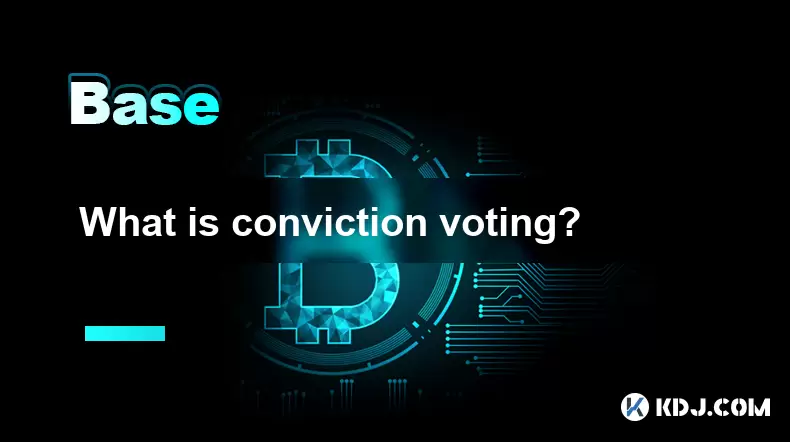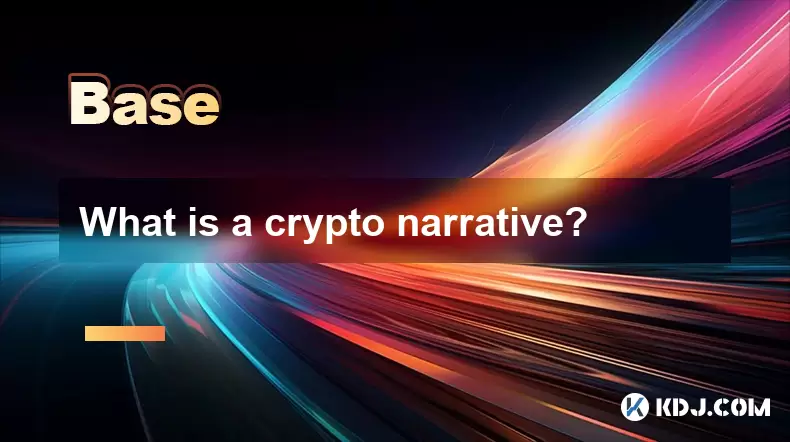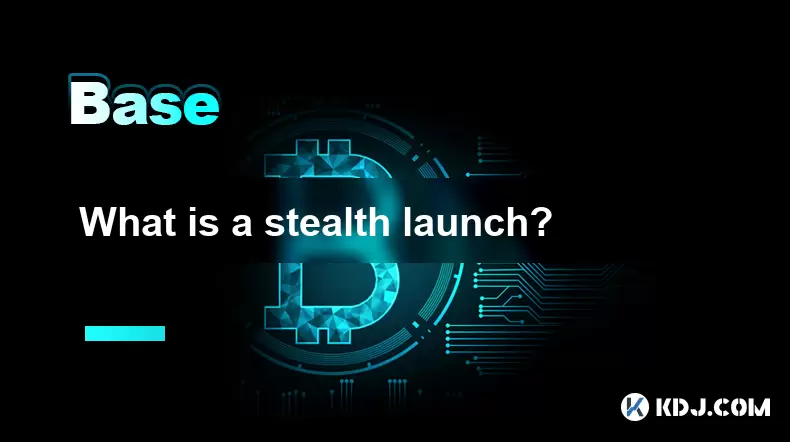-
 Bitcoin
Bitcoin $107,810.8710
-1.45% -
 Ethereum
Ethereum $2,531.4386
-1.75% -
 Tether USDt
Tether USDt $1.0000
-0.03% -
 XRP
XRP $2.2542
-0.99% -
 BNB
BNB $659.1350
-0.50% -
 Solana
Solana $148.5456
-2.40% -
 USDC
USDC $0.9999
-0.02% -
 TRON
TRON $0.2868
-0.44% -
 Dogecoin
Dogecoin $0.1666
-3.65% -
 Cardano
Cardano $0.5751
-2.36% -
 Hyperliquid
Hyperliquid $37.6845
-5.51% -
 Bitcoin Cash
Bitcoin Cash $494.9448
-0.65% -
 Sui
Sui $2.8396
-3.31% -
 Chainlink
Chainlink $13.2423
-2.59% -
 UNUS SED LEO
UNUS SED LEO $9.0482
0.02% -
 Stellar
Stellar $0.2467
-2.44% -
 Avalanche
Avalanche $17.8165
-3.63% -
 Shiba Inu
Shiba Inu $0.0...01158
-2.41% -
 Toncoin
Toncoin $2.7397
-3.42% -
 Hedera
Hedera $0.1560
-2.73% -
 Litecoin
Litecoin $85.8559
-2.34% -
 Monero
Monero $315.3710
-2.30% -
 Dai
Dai $1.0001
0.00% -
 Polkadot
Polkadot $3.3443
-2.03% -
 Ethena USDe
Ethena USDe $1.0001
0.01% -
 Bitget Token
Bitget Token $4.2888
-3.73% -
 Uniswap
Uniswap $7.3388
-1.57% -
 Aave
Aave $278.2986
-3.05% -
 Pepe
Pepe $0.0...09807
-3.67% -
 Pi
Pi $0.4563
-2.39%
What is conviction voting?
Conviction voting is a decentralized governance mechanism where token holders build influence over time by maintaining support for proposals, promoting long-term decision-making and reducing manipulation.
Jul 08, 2025 at 11:36 am

Understanding Conviction Voting in Decentralized Governance
Conviction voting is a decentralized decision-making mechanism used primarily in blockchain-based governance systems. It allows token holders to express their support for proposals by continuously allocating their tokens over time, which builds up a measure of "conviction." Unlike traditional one-time voting systems, conviction voting dynamically adjusts the influence of votes based on how long participants maintain their support.
This system encourages long-term commitment and discourages short-term manipulation or spamming of governance proposals. The longer a user keeps their tokens allocated to a specific proposal, the more weight their vote carries. This helps align incentives with the project's long-term health rather than fleeting interests.
How Does Conviction Voting Work?
At its core, conviction voting uses a mathematical model that calculates the conviction score of a proposal based on two main factors: the number of tokens allocated to it and the duration those tokens have been committed.
- Token Allocation: Users lock up their tokens to signal support for a proposal.
- Time Factor: The conviction score grows quadratically with time, meaning that the longer a user holds their allocation, the greater their influence becomes.
When a proposal reaches a predefined threshold of total conviction, it gets enacted automatically. If a user decides to withdraw their support, their conviction for that proposal decays exponentially, reducing its chances of passing.
This dynamic ensures that only proposals with sustained community backing are implemented, while unpopular or temporary ideas fade away without consuming resources.
Use Cases in Blockchain Projects
Several decentralized autonomous organizations (DAOs) have adopted conviction voting as a way to manage treasury funds, allocate resources, and prioritize development initiatives.
One prominent example is the Aragon Network, which experimented with conviction voting to determine how grants should be distributed from its community fund. Similarly, DXdao utilizes this model to make decisions related to protocol upgrades and funding allocations.
In these environments, conviction voting serves as a trustless and transparent method for communities to self-govern without relying on centralized authorities or intermediaries. It eliminates the need for repeated snapshot votes and instead fosters continuous engagement and accountability.
Benefits Over Traditional Voting Systems
Traditional voting models often suffer from low participation rates and susceptibility to manipulation through flash loans or short-term token rentals. Conviction voting addresses these issues by:
- Promoting long-term stakeholder involvement
- Reducing governance fatigue through continuous commitment
- Preventing vote-buying tactics due to the time-weighted nature of influence
Additionally, because users must maintain their token commitments over time, there’s a natural disincentive for malicious actors to manipulate outcomes. This creates a more resilient and representative governance process, where decisions reflect genuine community sentiment rather than transient speculation.
Moreover, conviction voting enables dynamic resource allocation, allowing funds to be released gradually as support solidifies, which can help prevent misallocation of capital.
Technical Implementation Details
To implement conviction voting, a smart contract tracks each user’s token allocation across all active proposals. For each proposal, the system computes a running total of conviction using a decay function that diminishes the influence of withdrawn support.
The formula typically follows this structure:
- Conviction = (Tokens Allocated) × (Time Held)^2
This quadratic weighting emphasizes the importance of prolonged commitment. When a user removes their tokens, the conviction associated with their vote begins to decay, reducing the proposal’s overall score.
Smart contracts enforce rules around minimum conviction thresholds for proposal enactment, cooldown periods before tokens can be reclaimed, and mechanisms to handle overlapping or conflicting proposals.
Users interact with the system via a front-end interface, where they can view ongoing proposals, allocate or withdraw tokens, and monitor conviction levels in real time.
Challenges and Limitations
Despite its advantages, conviction voting is not without challenges. One major issue is liquidity lock-up, as users must keep their tokens staked to maintain influence. This may deter participation from users who prefer liquidity or are wary of impermanent loss.
Another concern is the complexity of understanding conviction metrics, especially for new users unfamiliar with quadratic weighting or exponential decay functions. Clear UI/UX design becomes essential to ensure accessibility and informed decision-making.
There’s also the potential for slow decision-making processes, particularly when controversial proposals require extended periods of deliberation. While this can be seen as a feature that promotes thoughtful governance, it may hinder agility in fast-moving markets.
Lastly, if a large holder suddenly withdraws their support, it can cause significant shifts in conviction scores, potentially destabilizing previously approved proposals.
Frequently Asked Questions
Q1: Can I use conviction voting on Ethereum-based DAOs?
Yes, several Ethereum-based DAOs like Aragon and DXdao have integrated conviction voting into their governance frameworks. These implementations are typically built using open-source tools and customizable smart contracts.
Q2: How do I track my conviction score for a proposal?
Most platforms with conviction voting provide dashboards where users can view their current token allocations, conviction scores, and the status of active proposals. These interfaces update in real time as allocations change.
Q3: What happens if I remove my tokens before a proposal passes?
If you remove your tokens, your conviction for that proposal will begin to decay. Depending on how much time has passed and how much conviction was accumulated, the removal could significantly reduce the proposal’s chances of reaching the required threshold.
Q4: Is conviction voting resistant to Sybil attacks?
Conviction voting is generally resistant to Sybil attacks because it requires economic commitment—tokens must be held over time to build influence. However, projects should still implement identity verification or reputation layers to further enhance security.
Disclaimer:info@kdj.com
The information provided is not trading advice. kdj.com does not assume any responsibility for any investments made based on the information provided in this article. Cryptocurrencies are highly volatile and it is highly recommended that you invest with caution after thorough research!
If you believe that the content used on this website infringes your copyright, please contact us immediately (info@kdj.com) and we will delete it promptly.
- XLM Price Prediction: Is Stellar Ready for a Breakout?
- 2025-07-08 19:10:13
- Memecoin Mania: V2EX, Pump.fun, and the Wild West of Crypto
- 2025-07-08 19:50:12
- Dogecoin, Shiba Inu, Little Pepe: Meme Coin Mania or Future Finance?
- 2025-07-08 19:50:12
- Iron Maiden's 50th Anniversary: A Royal Mint Tribute in Metal!
- 2025-07-08 19:55:12
- DAI Stablecoin: Your Ace in the Hole for Online Casinos and Gambling Sites?
- 2025-07-08 19:55:12
- Token Investment in Q4 2025: Riding the Little Pepe Wave to 100x Gains?
- 2025-07-08 20:00:11
Related knowledge

What is a user-generated content (UGC) NFT platform?
Jul 04,2025 at 01:49pm
<h3>Understanding the Concept of a UGC NFT Platform</h3><p>A user-generated content (UGC) NFT platform is a digital marketplace or e...

What is composability in DeFi?
Jul 06,2025 at 04:07pm
<h3>Understanding the Concept of Composability in DeFi</h3><p>Composability in DeFi refers to the ability of decentralized finance p...

What is a "crypto primitive"?
Jul 05,2025 at 10:14pm
<h3>Defining the Concept of a Crypto Primitive</h3><p>In the context of blockchain and cryptocurrency, a crypto primitive refers to ...

What is a crypto narrative?
Jul 07,2025 at 10:56pm
<h3>Defining the Concept of a Crypto Narrative</h3><p>A crypto narrative refers to the overarching story or theme that drives intere...

What is a stealth launch?
Jul 08,2025 at 06:42am
<h3>What Exactly Defines a Stealth Launch in Cryptocurrency?</h3><p>A stealth launch refers to the practice of launching a cryptocur...

What is a fair launch?
Jul 05,2025 at 07:31pm
<h3>Understanding the Concept of a Fair Launch</h3><p>A fair launch refers to the release of a cryptocurrency or blockchain project ...

What is a user-generated content (UGC) NFT platform?
Jul 04,2025 at 01:49pm
<h3>Understanding the Concept of a UGC NFT Platform</h3><p>A user-generated content (UGC) NFT platform is a digital marketplace or e...

What is composability in DeFi?
Jul 06,2025 at 04:07pm
<h3>Understanding the Concept of Composability in DeFi</h3><p>Composability in DeFi refers to the ability of decentralized finance p...

What is a "crypto primitive"?
Jul 05,2025 at 10:14pm
<h3>Defining the Concept of a Crypto Primitive</h3><p>In the context of blockchain and cryptocurrency, a crypto primitive refers to ...

What is a crypto narrative?
Jul 07,2025 at 10:56pm
<h3>Defining the Concept of a Crypto Narrative</h3><p>A crypto narrative refers to the overarching story or theme that drives intere...

What is a stealth launch?
Jul 08,2025 at 06:42am
<h3>What Exactly Defines a Stealth Launch in Cryptocurrency?</h3><p>A stealth launch refers to the practice of launching a cryptocur...

What is a fair launch?
Jul 05,2025 at 07:31pm
<h3>Understanding the Concept of a Fair Launch</h3><p>A fair launch refers to the release of a cryptocurrency or blockchain project ...
See all articles

























































































